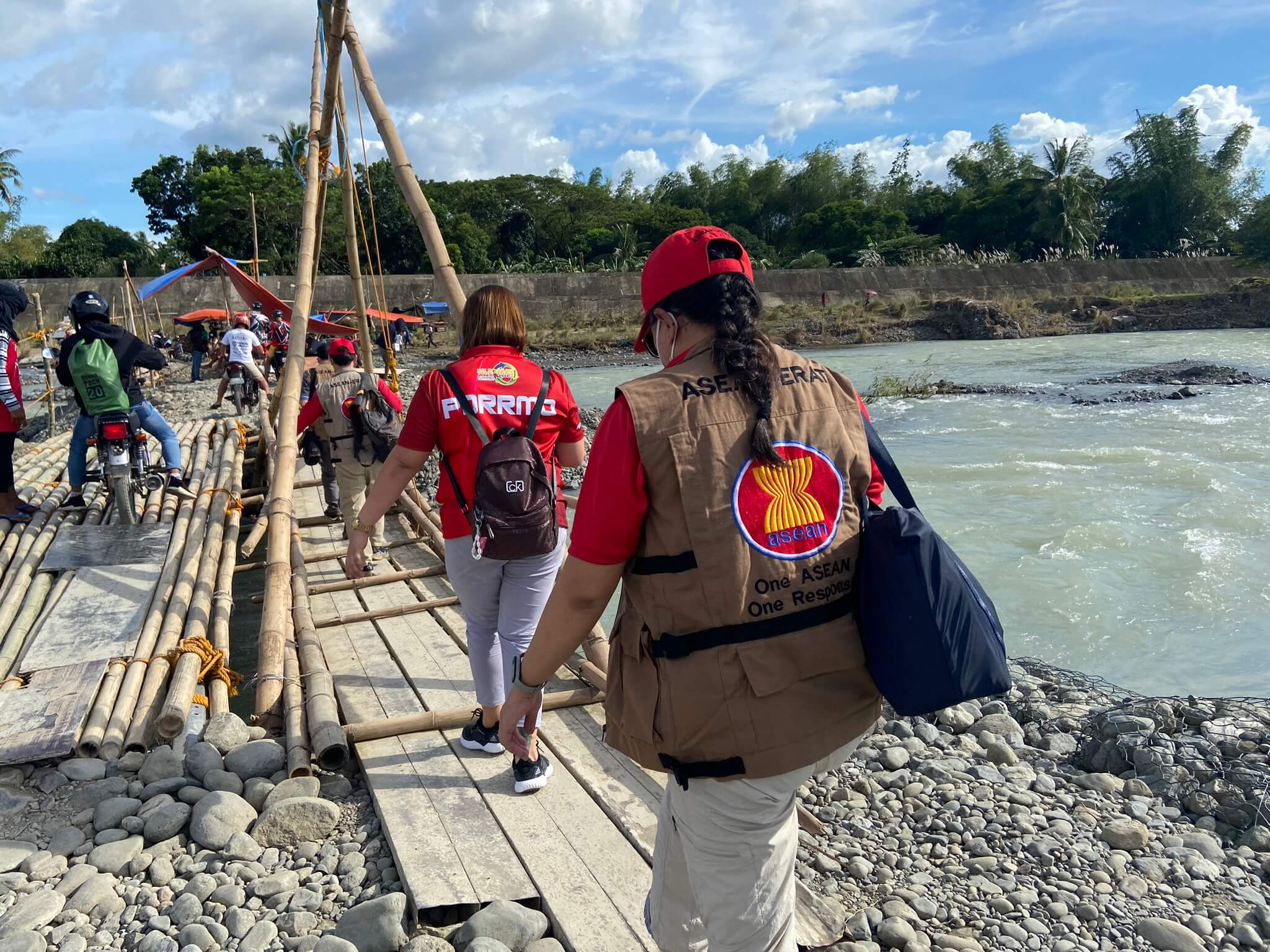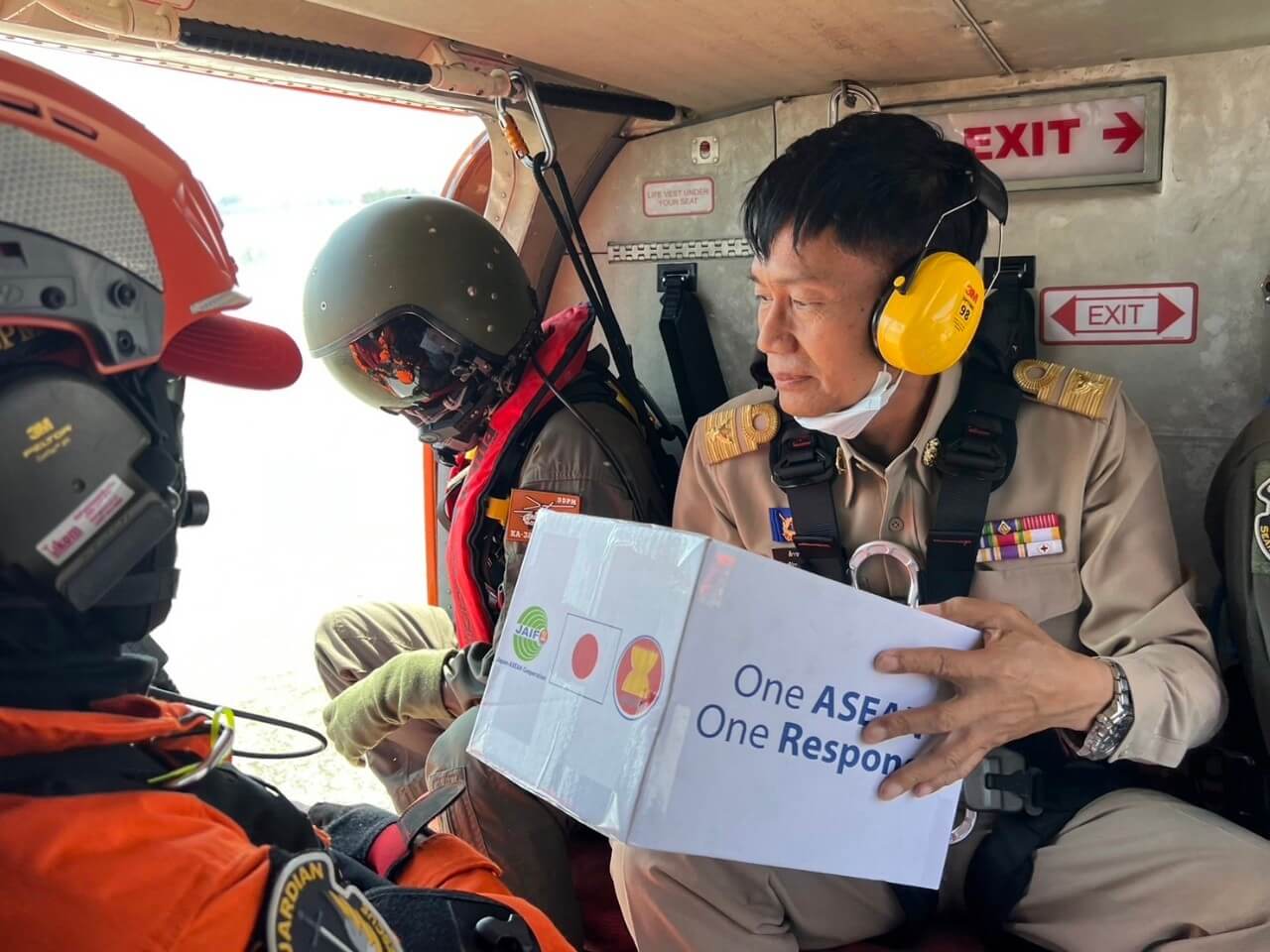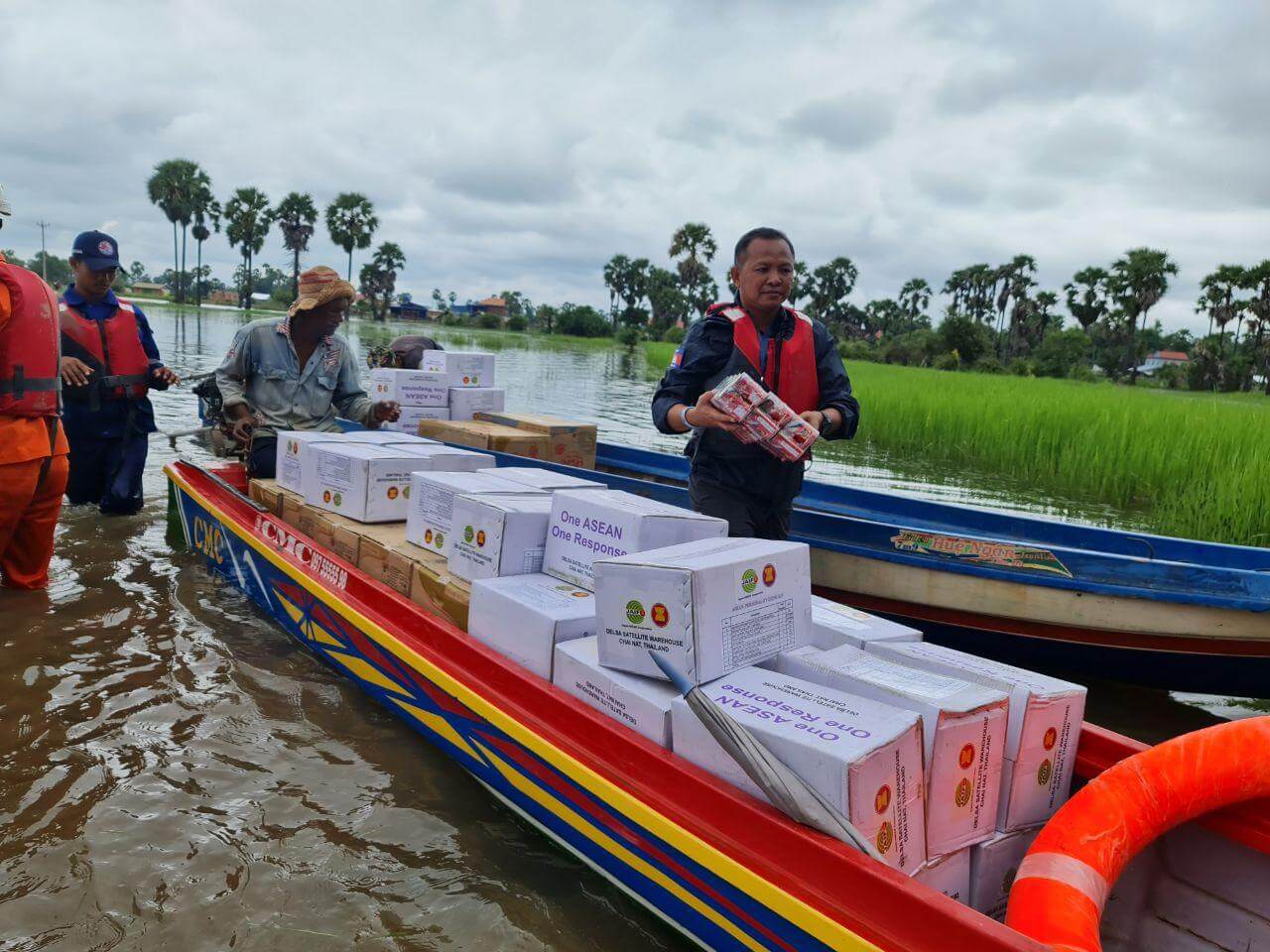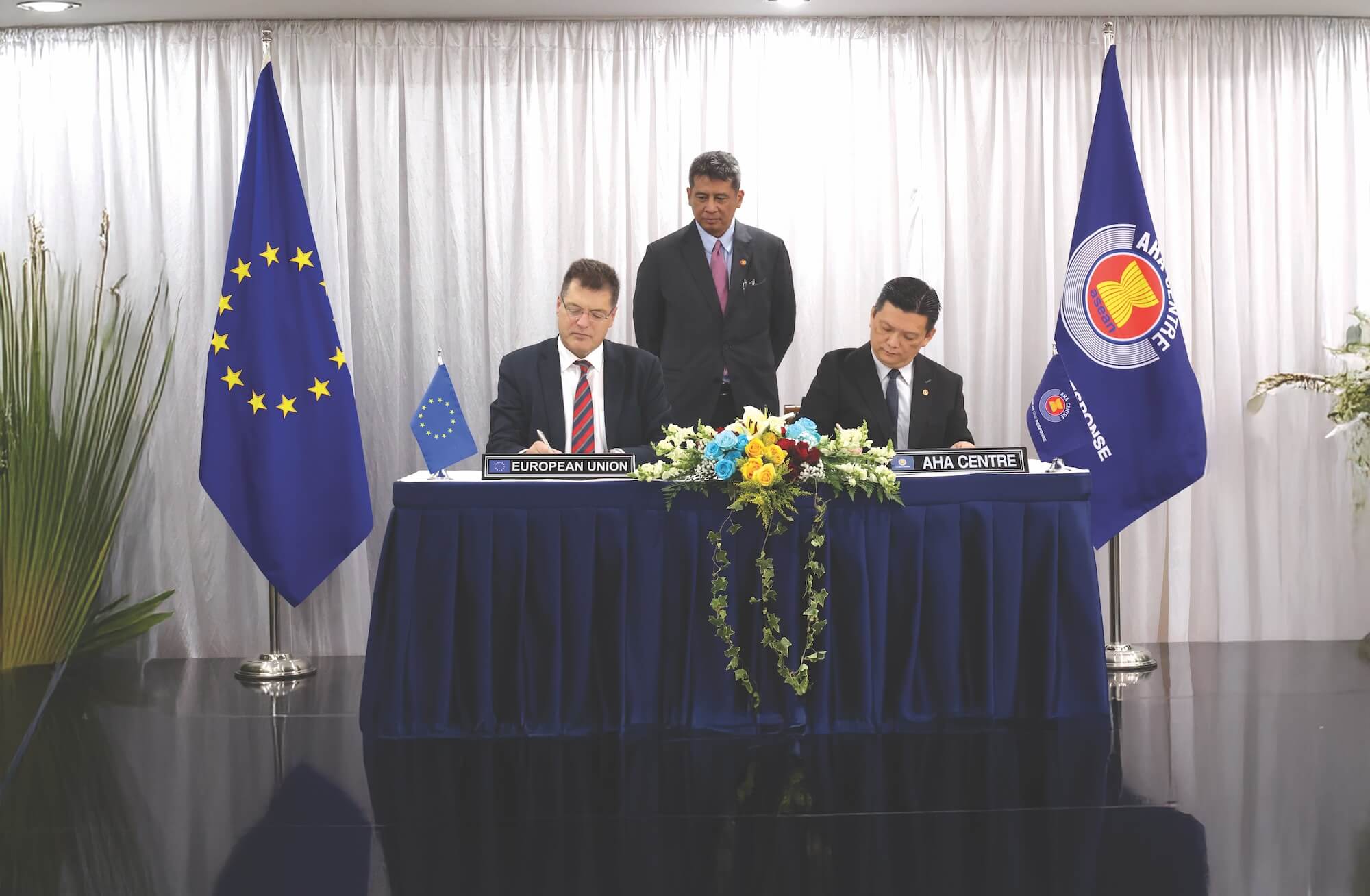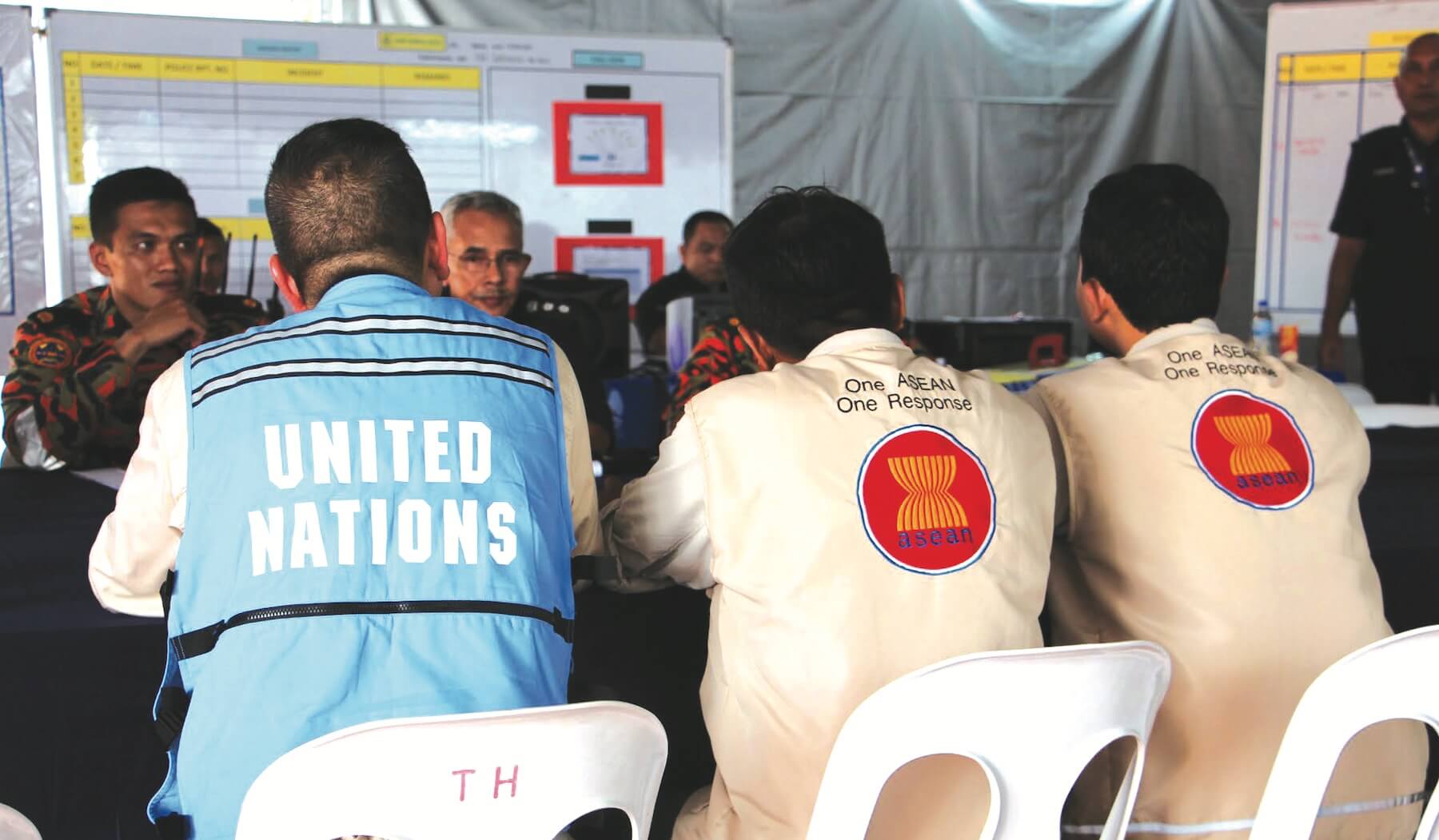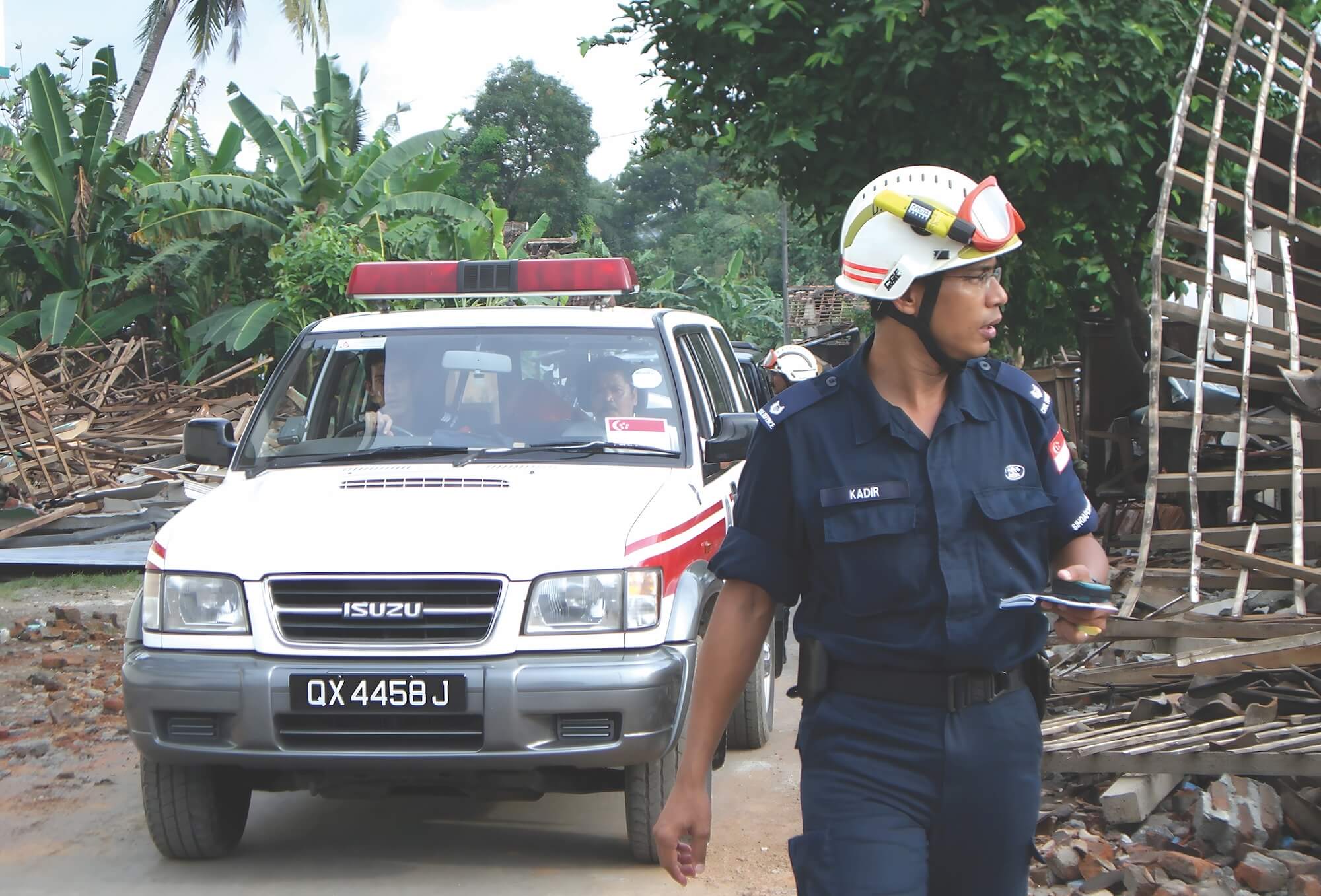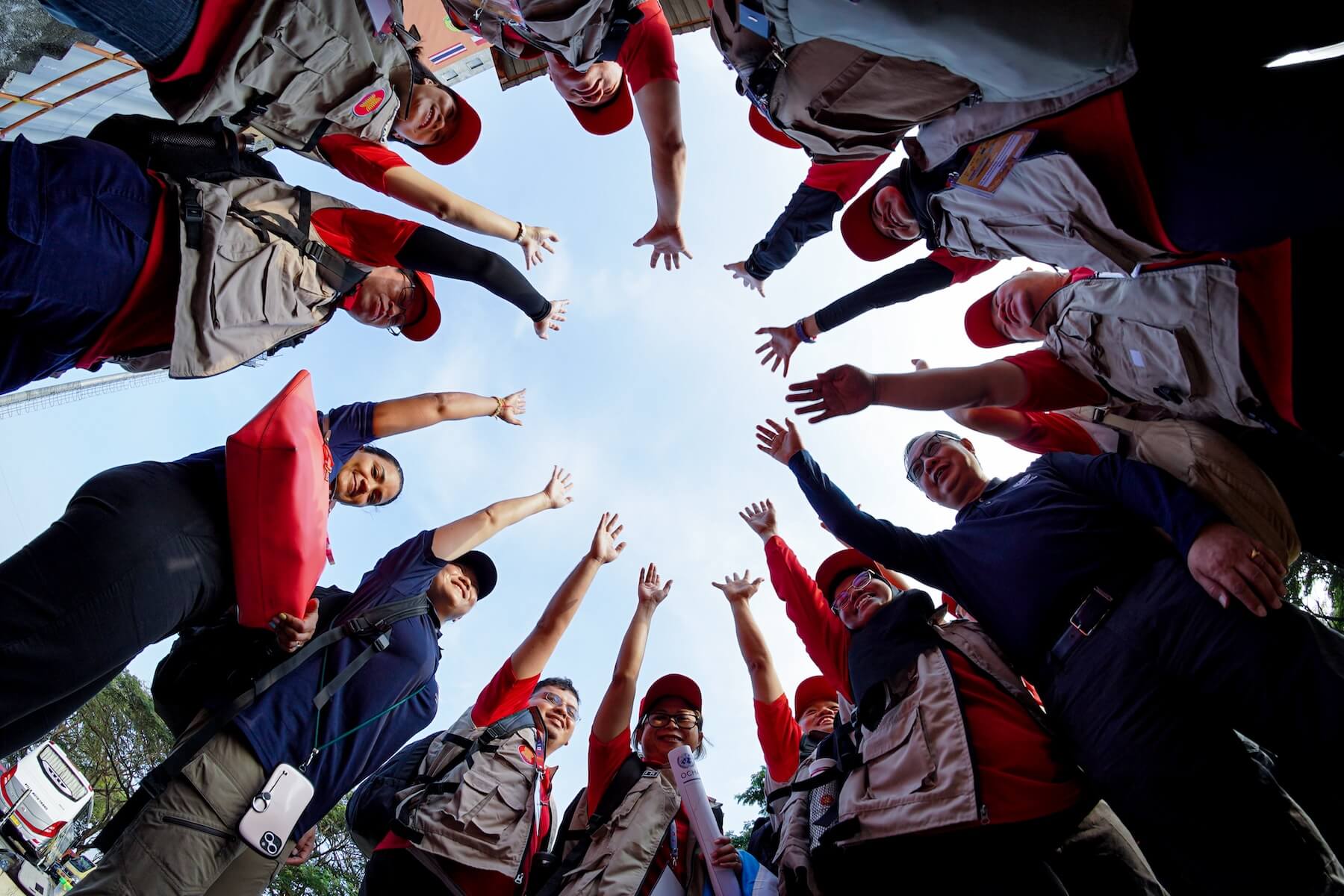






The 2004 tsunami devastated coastal communities across Southeast and South Asia—including ASEAN Member States Indonesia, Malaysia, Myanmar, and Thailand—with unprecedented force. The disaster sent shockwaves across the region and left a profound mark on ASEAN, highlighting the urgent need for improved disaster monitoring, preparedness, and response.
Unbeknown to many, this tragedy had a rippling effect that set in motion a series of milestones that transformed the ASEAN’s disaster management sector. The AHA Centre has been riding on this momentum of change to enhance the speed, expand the scale, and strengthen the solidarity of ASEAN to respond to disasters and build a more disaster-resilient ASEAN Community.
In an immediate response to this calamity, the ASEAN Leaders convened a Special Meeting on Aftermath of Earthquake and Tsunami on 6 January 2005. They quickly recognised the need for a coordinated regional approach to disaster management. This tragedy deeply moved the Member States and served as a catalyst for the signing of the ASEAN Agreement on Disaster Management and Emergency Response (AADMER) in July 2005. The AADMER marked a significant milestone, the adoption of the only regional legally-binding agreement on disaster management in the world, signalling the regional leaders’ political will for a collective strategy to address future crises.
AADMER served as the impetus for the establishment of the ASEAN Coordinating Centre for Humanitarian Assistance on disaster management (AHA Centre) on 17 November 2011. As the “operational engine” of the AADMER, the AHA Centre was mandated to facilitate cooperation and coordination across the ASEAN region for disaster management and emergency response.
Through the years since the AADMER’s entry into force and the establishment of the AHA Centre, ASEAN has experienced a number of large-scale and catastrophic disasters, including the 2008 Cyclone Nargis in Myanmar, the 2013 Typhoon Haiyan in the Philippines, and the 2018 Central Sulawesi Earthquake and Tsunami. These flashpoints in ASEAN’s history have served as valuable lessons learned to manage disasters more effectively and brought about incremental changes to transform the AHA Centre into what it is today.
A key factor of the AHA Centre’s success in disaster response is its robust coordination with and the preparedness of the ASEAN Member States’ national disaster management organisations in the region. This achievement may be attributed to two key operational frameworks that are regularly reviewed and updated to ensure relevance and effectiveness, namely the Standard Operating Procedure for Regional Standby Arrangements and Coordination of Joint Disaster Relief and Emergency Response Operations (SASOP) and the ASEAN Joint Disaster Response Plan (AJDRP).
First, the SASOP was developed to ensure preparedness for effective and coordinated regional response in ASEAN by outlining clear procedures in place for all stakeholders, including cross-sectoral actors from the ASEAN Militaries and the ASEAN Health Sector. The SASOP also presents the ASEAN Standby Arrangements for Disaster Relief and Emergency Response, comprising nine modules of voluntarily earmarked assets and capacities in the region—including the Disaster Emergency Logistics System for ASEAN (DELSA) and the ASEAN Emergency Response and Assessment Team (ASEAN-ERAT), among others—which may be made available and mobilised for disaster relief and emergency response.
Secondly, the AJDRP provides a common framework, based on scientific evidence of potential catastrophic-level disaster scenarios in the region, to deliver a timely, at-scale, and joint response through mobilisation of required assets and capacities. Through the AJDRP, the aim is to strengthen regional collective response and operationalise standby arrangements with the participation of ASEAN sectoral bodies and partners.
The adoption of ex-ante or anticipatory actions pre-disasters in ASEAN, with the support of the AHA Centre, has contributed to a substantial reduction in disaster losses and damages due to natural disasters in the region. In the case of 2023 Cyclone Mocha in Myanmar, the AHA Centre had worked with the Department of Disaster Management of Myanmar to monitor a Category 5 hurricane weeks in advance of making landfall, which led to the decision to evacuate vulnerable communities from affected areas. This decision ultimately saved lives that would have been lost without early action.
As technology continues to evolve and disasters are more frequent due to the impact of climate change, the integration of advanced technology in disaster management is crucial. Technologies such as satellite imagery, remote sensing, data analytics, and the utilisation of Artificial Intelligence (AI) enable the prediction and monitoring of disasters like typhoons, volcanic eruptions, droughts, and floods. These systems provide timely warnings, allowing for early evacuations and reducing the potential loss of life and property. Disaster Monitoring and Response System (DMRS) is an example where technology plays a significant role in providing real-time hazard monitoring that helps the AHA Centre to analyse and ensure that the decision is made swiftly and effectively. During disaster response, the use of Web-EOC also allows ASEAN Member States for information exchange and better coordination. This will ensure that ASEAN Member States have access to the same information during the response.
The movement for the localisation agenda is increasingly apparent in ASEAN, and some ASEAN Member States are leading the charge in empowering local communities to build their resilience to disasters. Communities that are well-informed and prepared are more likely to take proactive steps to protect themselves and their assets. The Indonesian National Disaster Management Authority (BNPB), for example, had initiated the Desa Tangguh Bencana (or “Disaster Resilient Villages”) initiative. Through this government-led effort, local communities are engaged in planning and training activities, promoting proactive disaster preparedness, ensuring that villages are better equipped to handle emergencies and mitigate the impacts of natural hazards. At the regional level, the AHA Centre is also increasingly engaged with local stakeholders, including local government units, local civil society organisations, Red Cross and Red Crescent (RCRC), sectoral partners, and local communities, through a number of initiatives to contextualise response efforts and plans to local capacities, risks, and hazards. This whole ASEAN community and multi-stakeholder approach ensures a more holistic and effective disaster management strategy, as it leverages diverse expertise, resources, and networks.
In the same vein, the AHA Centre has benefited from its wide network of partners, that is still growing in numbers since its establishment, to develop and strengthen programmes that innovate and explore opportunities to increase efficiency and effectiveness of its operations. Much of the AHA Centre’s projects that build capacities of ASEAN stakeholders are supported by longstanding partners with a common vision to realise a disaster-resilient ASEAN Community. The AHA Centre’s collaboration with the GIZ, with the support of the German Federal Foreign Office, is a notable initiative that contributed towards the strengthening of the AHA Centre’s institutional capacities—in human resources strategy, improvement to knowledge management systems, and staff trainings—thereby empowering the AHA Centre to fulfil its growing mandate.
Looking ahead, following the ASEAN Declaration on One ASEAN, One Response: ASEAN Responding to Disasters as One in the Region and Outside the Region in 2016, the AHA Centre is enhancing the regional capacities and enhancing its mechanisms to realise the vision set by the ASEAN Leaders for ASEAN to respond collectively beyond regional borders. Recognising that climate change impacts are projected to increase the frequency and intensity of global natural hazards, ASEAN’s disaster management sector is expected to mature enough to share its experience and expertise to support global humanitarian efforts in future.
As we reflect on the 20th anniversary of the Indian Ocean Tsunami and the milestones achieved since, it is evident that resilience is a collective endeavour. As the saying goes, “Rome was not built in a day,” likewise, the transformation of the AHA Centre is only the beginning. We are expecting this budding Centre to grow strength-to-strength and reach new heights as it evolves to stay relevant with the times. The progress made in disaster management and the continuous efforts to enhance regional and global responses highlight the importance of an inclusive and collaborative whole-ofASEAN approach to building sustainable resilience.
